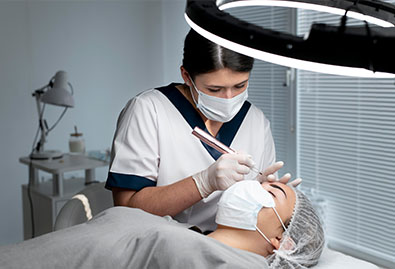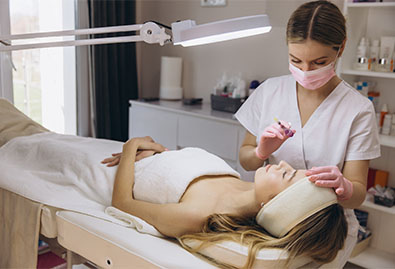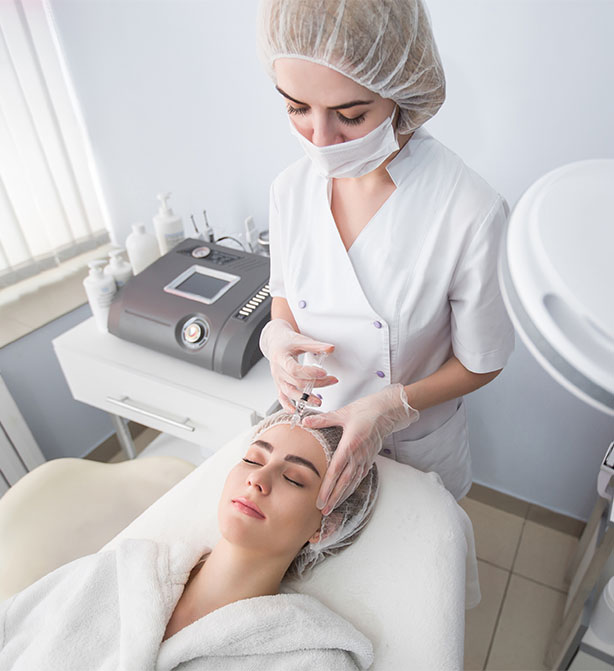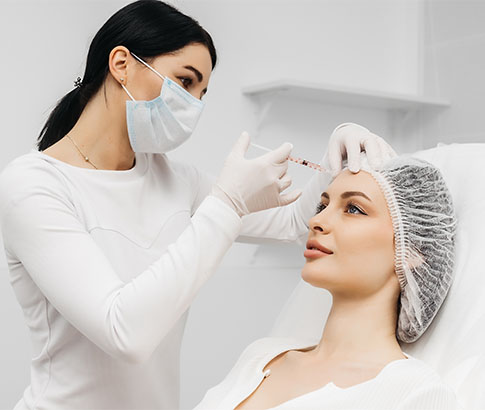With the noninvasive aesthetic treatment market projected to grow 14.1% annually from 2024 to 2030, the demand for nurse aestheticians has never been greater.
The US Bureau of Labour Statistics has also projected a 13% increase in healthcare employment between 2021 and 2031. There has also been a surge of online searches for information on how to become an aesthetic nurse.
The aesthetic nurse field is a rewarding and practical career path that combines nursing education with specialised training in cosmetic procedures.
In addition to providing opportunities for professional advancement, this line of work offers the ability to influence patients’ self-esteem and overall well-being significantly.
In this guide, you’ll learn what an aesthetic nurse does, the steps to enter the profession, training options, and career paths so you can decide if this rewarding specialty is right for you.



They bridge the gap between traditional medical care and cosmetic enhancement by providing safe and effective treatments in clinical settings.
Some of the procedures they perform include Botox injections, laser treatments, dermal fillers, and skin rejuvenation therapies. At the same time, they build strong relationships with their patients.

If you’re interested in medical aesthetics, becoming an aesthetic nurse is a clear and practical path. You’ll learn in the classroom and get hands-on experience so you’re ready to provide safe, effective care.
Below are the essential steps.
The first step to achieving your dreams of becoming an aesthetic nurse is to be a registered nurse. You can achieve that through:
Before you specialise, you should work as a nurse in a medical or surgical setting for one to two years. This helps you learn important skills, such as assessing a patient, administering an injection, and following emergency response protocols.
The preferred areas are medical-surgical nursing, dermatology, or plastic surgery.
Sign up for specialized courses that teach you how to give injections, understand facial anatomy, stay safe with lasers, and talk to patients.
Pick CME-approved providers that let you work with experienced professionals in person.
While not mandatory everywhere, CANS certification demonstrates professional expertise and enhances credibility with employers and patients.
The answer to how to become an aesthetics nurse varies by starting point—experienced nurses can transition within six months to a year.
Aesthetic medicine is always changing, with new techniques and tools coming out regularly. Getting certified as an aesthetic nurse is only the beginning. To keep your skills sharp, you’ll need to keep learning and practicing.
The best training programs help you learn safety guidelines, build hands-on skills, and understand the legal boundaries for your practice in your state.
To become an aesthetic nurse injector, you need training that goes beyond basic healthcare education. Most states permit RNs, NPs, PAs, and doctors to give injectable treatments.
However, the rules can vary widely depending on where you are practising.
The right training and support are important for success in this field. If you’re dedicated, you can find both personal satisfaction and good earning potential as an aesthetic nurse.
If you’re ready to take the first step, quality training and mentorship make all the difference. At Texas Aesthetic Medicine Academy (TAMA), you’ll gain the hands-on experience, education, and confidence needed to succeed.
Your path is waiting. Find out how to become an aesthetic nurse with training that sets you up for a strong future.
